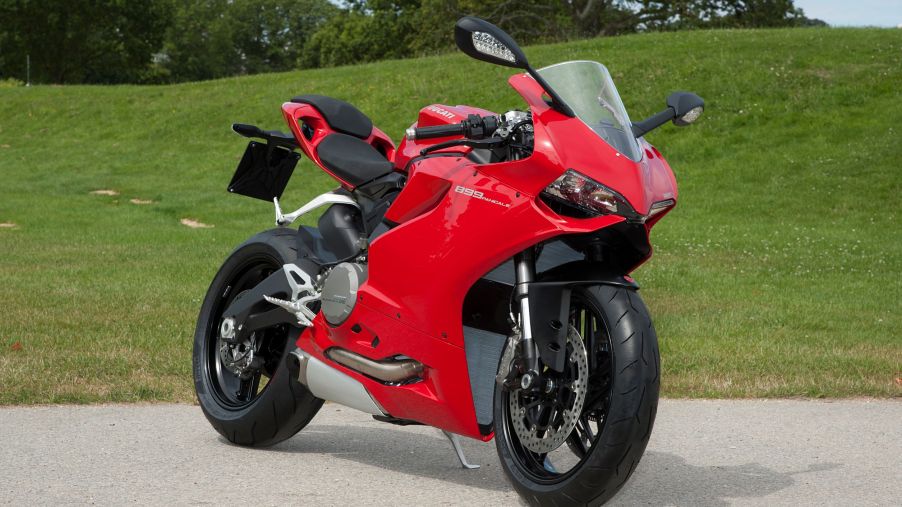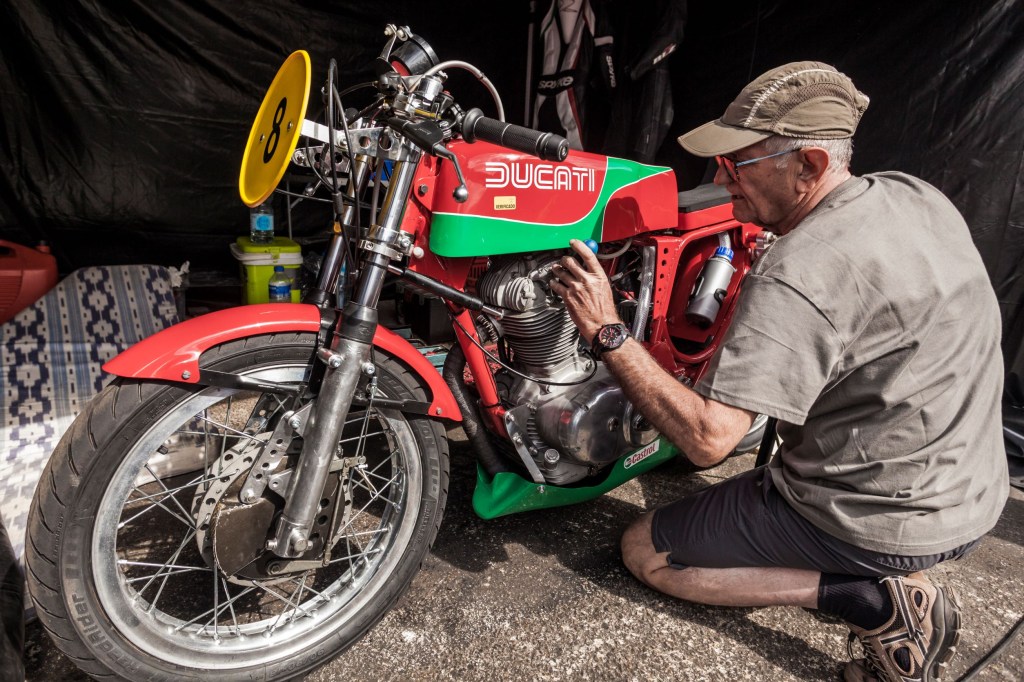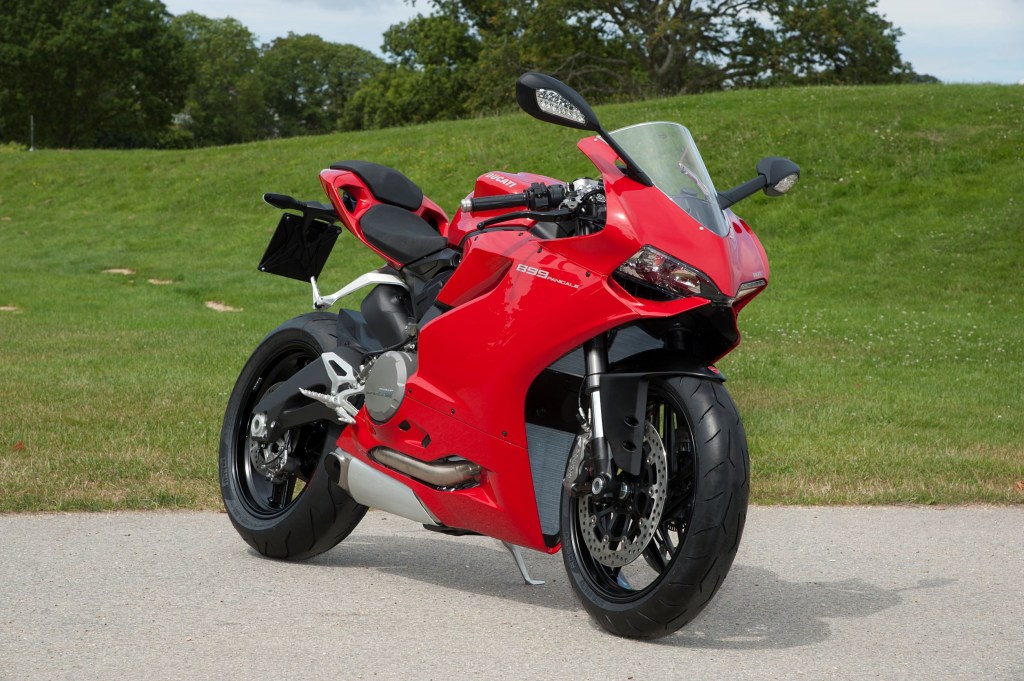
Can a Used Ducati Motorcycle Be a Reliable Ride Worth Buying?
Few motorcycle brands carry the same level of mystique and desirability as Ducati. Hence why, for those who can’t buy a new Ducati, used models offer attractively affordable entryways into the company. However, while some secondhand Ducatis are surprisingly cheap to buy, they aren’t always cheap to live with. So, as far as reliability is concerned, does that mean you should steer clear of used Ducatis?
Older Ducati motorcycles aren’t necessarily unreliable, but they are maintenance-heavy

Ducati’s reputation is built upon racing successes and a performance image. And it’s cultivated that image in all its bikes. The modern Super Sports, for example, isn’t a pure racer anymore, but it’s still a sporty touring machine. However, this performance focus comes at a cost: maintenance.
Like all motorcycles, Ducati bikes require more frequent maintenance than cars. But even in the motorcycle world, Ducati service intervals tend to be on the shorter side, Motorcyclist says. However, that doesn’t inherently make them unreliable. All high-performance vehicles, especially older ones with less-advanced material engineering, demand more service. That’s because they’re more sensitive to wear and tear.
But even with that in mind, used Ducati motorcycles often have an unreliable reputation. For one, Consumer Reports ranked it mid-pack among bike brands. Also, when FortNine tested brand-new motorcycles’ first-service oil for contaminants, it put Ducati 11th out of 12 brands. And owners repeatedly note that Ducati maintenance costs tend to be rather high, MCN says.
Take this information with a bit of salt, though. Firstly, that CR report? It dates to 2015—and Consumer Reports no longer tests motorcycles. Secondly, FortNine acknowledges that its test was extremely limited: one bike per brand. The Ducati owner who donated their oil could’ve just gotten a dirty bike. And thirdly, Ducati motorcycles, especially used ones, are often expensive to maintain because of their performance-focused features.
But we’re not talking about the advanced electronics on modern Ducatis like the Panigale V4.
Desmodromic valve, timing belt, and dry clutch service intervals are common concerns
Four-stroke motorcycles, like basically all non-electric cars, use cam-operated rocker arms and metal springs to operate their engines’ valves. And with a few exceptions, modern cars use self-adjusting hydraulic lifters to move the rocker arms. Most motorcycles, though, need mechanical ones that require regular adjustment. But Ducati goes about it slightly differently.
The metal valve springs of the 1950s weren’t as high-quality as modern ones. While that wasn’t necessarily an issue on the street, it was on the track. At high RPMs, the springs couldn’t keep up with the camshafts, causing valve float and engine problems. To prevent this, famed Ducati engineer Fabio Taglioni replaced the springs with secondary cams and rocker arms, Motorcyclist explains. This is the desmodromic valvetrain system, and Ducati still puts it in its motorcycles.
It might be a Ducati trademark, but it’s also a headache for used motorcycle shoppers. For one thing, it’s a shim-type system, which is more time-consuming to adjust than a screw-type setup. But because the ‘desmo’ system has twice as many shims, adjusting it takes even more time.
Also, with a few exceptions, used Ducati motorcycles use timing belts to operate their camshafts. That’s not odd—plenty of cars and bikes have them. However, because Ducati engines have two camshafts, they have two belts. And older models’ belts must be replaced every other valve service or two years, whichever comes first, Jalopnik reports. If you don’t, you might be out an engine.
Finally, older used Ducati motorcycles typically have dry clutches. Because they aren’t spinning in engine and transmission oil, dry clutches sap less power than conventional ‘wet’ ones. However, besides being less forgiving, more susceptible to heat, and noisier, dry clutches also wear out faster.
Keep an eye on these used Ducati motorcycles if you’re worried about reliability

So, does this mean that you shouldn’t buy a used Ducati motorcycle? Not necessarily, especially if the bike you’re looking at has been regularly serviced. But as with used cars, a pre-purchase inspection by a qualified mechanic is recommended.
Also, keep in mind that Ducati has extended its service intervals over the years. And some of the most reliable used Ducatis, including the Monster and the Scrambler, use air-cooled engines with conventional timing belts. Though to be fair, some used Monsters have other non-engine-related issues.
You can DIY a desmo service with regular tools, but it’s not for the faint of heart. The timing belts, though, are significantly easier to replace, Jalopnik says. However, there is an alternative. Some Ducati bikes, including the new V4 models, use timing chains instead of belts.
If you want such a bike, look for a used Ducati 899, 959, 1199, or 1299 Panigale. Even the 899 comes with a quickshifter, fully-adjustable suspension, and multiple riding modes, MCN reports. And while the 899 doesn’t have a slipper clutch, all four have wet clutches for friendlier everyday riding. Also, while the others have more power and tech, a used Ducati 899 Panigale is “ideal for the average trackday enthusiast,” Motorcyclist claims.
Admittedly, these used Ducati Panigales have some flaws. Early 899s had occasional starting issues related to a compression-reducing starting aid, though Ducati reportedly rectified this. Also, Ducati recalled the 959, 1199, and 1299 over a potential oil leak. And a few 1199 owners have experienced water-related electrical issues, MCN says.
Still, don’t let the hearsay get to you. Pay attention to the maintenance and you can find reliable used Ducati motorcycles.
Follow more updates from MotorBiscuit on our Facebook page.


